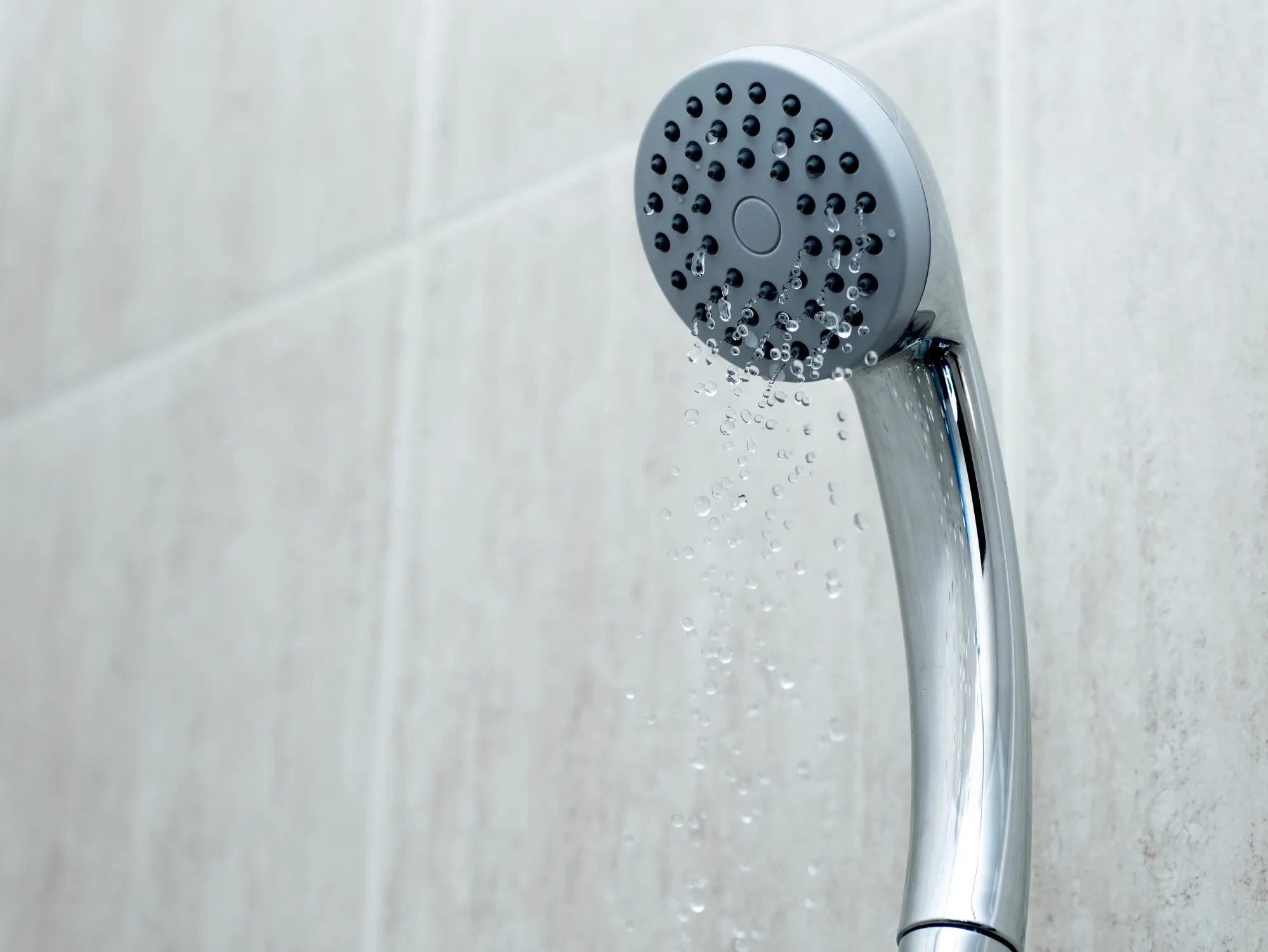Easy Ways You Can Test Water Pressure at Home
Experiencing water pressure issues can be a real nuisance. Whether your shower has become a mere drizzle or your garden hose lacks its usual power, understanding and managing your home’s water pressure is crucial for getting things flowing again. Fortunately, testing your water pressure is a straightforward task that doesn’t require special training. Learn the simple process of testing your water pressure at home, how to interpret the results and what a professional can do to address any issues you find.
Why Test Your Water Pressure?
Understanding your home’s water pressure ensures a satisfying shower, but more importantly, it protects your plumbing system from harm. Just like you consistently check the oil in your car, assessing your water pressure a few times a year can prevent bigger problems down the road.
After all, low water pressure is annoying, but high water pressure can actually damage your plumbing system, including pipe connections, water heaters and appliances. The risk of blowouts in flexible lines, like those connecting to your washing machine and dishwasher, increases with high water pressure, potentially leading to leaks and extensive water damage. Testing your water pressure and acting on the results can prevent these issues.
Tools You’ll Need to Test Water Pressure at Home
To get started, you need a simple and inexpensive tool called a pressure gauge. These are readily available at hardware or home improvement stores. When choosing a gauge, look for one with female hose threads (to easily attach to an outdoor faucet or hose bib), a rubber gasket for a tight seal and the ability to measure up to 300 pounds per square inch (psi).
Step-by-Step Guide to Testing Water Pressure
With a pressure gauge in hand, you’re set to test the water pressure. Just follow these steps:
1. Preparation: First, ensure that all water outlets in your home are turned off. This includes faucets, showerheads, dishwashers, washing machines, refrigerator ice makers and sprinkler systems. Any water usage during testing may affect your readings and give a false impression of low pressure.
2. Hook up the pressure gauge: Attach the gauge to an outside faucet or hose bib. If your water comes from a municipal source, connect it to the faucet closest to the water meter to ensure the most accurate reading. For homes with a well system, attach it to a hose bib near the well’s pressure tank.
3. Measure the pressure: Tighten the gauge by hand and open the faucet as far as it will go. Now, check the readout to determine the pressure. An ideal reading ranges from 45 to 55 psi. If your reading is below 40 psi or above 80 psi, it’s time to take action.
Addressing Water Pressure Issues
Here are the steps you should take depending on your pressure gauge reading:
- High pressure: Install a water pressure regulator on your water main. This device ensures a maximum flow of 75 psi. Even if you already have a regulator, it’s wise to check the pressure regularly, as these devices can fail without obvious symptoms.
- Low pressure: First, inspect any existing pressure regulators, which should be set to about 50 psi. Adjusting the screw on top should improve flow. If a pressure regulator isn’t what’s causing the low pressure, the problem might be with the municipal water supply. In this case, installing a water pressure booster may help.
- Normal pressure: If your pressure is within the ideal range, no further action is needed. Just remember to test your water pressure periodically to ensure it stays within this range.
When to Seek Professional Help for Water Pressure Problems in Canada
If you’re unsure about testing the water pressure yourself, or if you’ve identified an issue that requires professional attention, don’t hesitate to call Service Experts Heating, Air Conditioning & Plumbing. Our skilled plumbers can help you test your water pressure, diagnose issues and ensure no fixtures have been damaged by high pressure. We can also assist with installing a pressure regulator or booster if needed. Thanks to our 100% satisfaction guarantee, you can trust us to make the proper adjustments the first time around. The next time you face water pressure problems or other plumbing challenges in Canada, call Service Experts Heating, Air Conditioning & Plumbing to schedule an appointment. We’re here to help!
